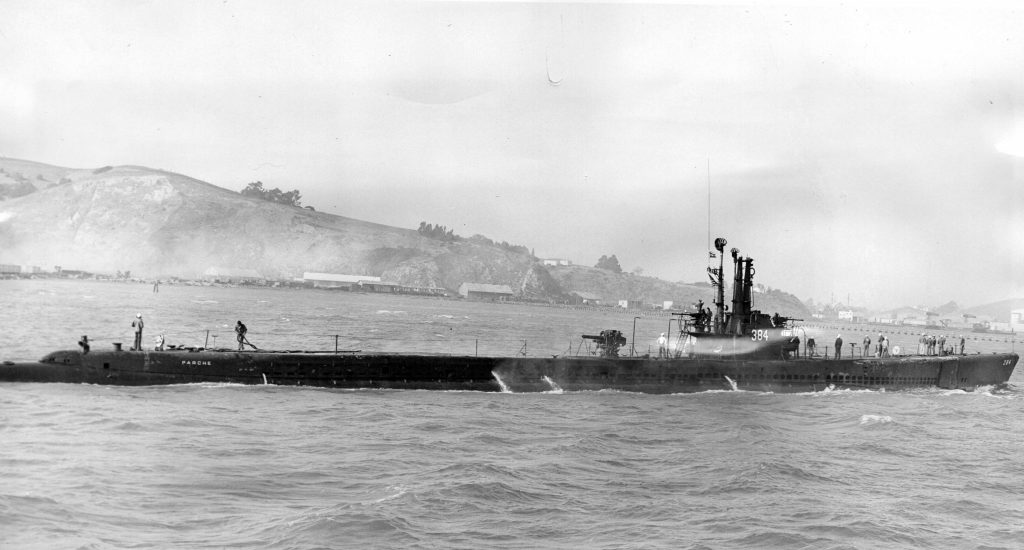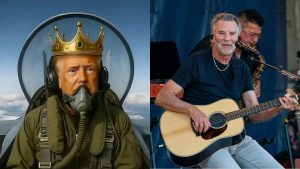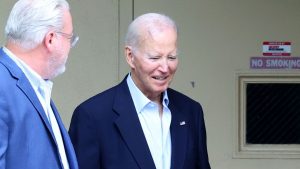How a WWII submariner took the fight directly to the Japanese

By the middle of 1944, United States Navy submarines had weathered hard times of unreliable torpedoes and a necessary learning process to matured weapons of war, aided by onboard radar.
At the same time, their Japanese opponents had yet to fully address the threat that these underwater marauders posed to the ships that brought oil and other foreign resources from their far-flung empire.
So fully developed were the American subs that Adm. Chester W. Nimitz, commander in chief of naval forces, Pacific (CINCPAC), had started the year off by adding destroyers to his priority lists, so as to accelerate the elimination of America’s principal enemies.
Like their German counterparts, the Americans were also operating in wolf packs of two or more, while the Japanese were modifying and arming numerous varieties of other ships, such as minesweepers, to make up their sub-hunter losses.
A dramatic example of the situation in 1944 began in mid-June, when three boats from Submarine Attack Group 9, named “Parks’ Pirates” for their commander, Cmdr. Lewis Smith Parks, departed Pearl Harbor to prowl the waters from Formosa to Luzon.
They were led by Cmdr. Lawson P. “Red” Ramage on Parche, followed by Steelhead and Hammerhead.
The Massachusetts native graduated from the U.S. Naval Academy as an ensign in July 1931, with his first attempt to get a submarine assignment initially blocked due to an eye injury. His second attempt, in which he memorized the eye chart, succeeded in getting him aboard S-29 in January 1936. He was a radio and sound officer at Pearl Harbor in March 1941, and he was there when Japanese carrier planes raided it on Dec. 7.
On June 6, 1944, Parks’ Pirates embarked on their first patrol, with modest initial results for Hammerhead: a sampan destroyed on June 9, followed by a coastal oil carrier damaged. On July 29, Hammerhead had to curtail its sweep when it came under air attack, returning for repairs at Fremantle, Australia, on Aug. 17.
At 10:30 a.m. on July 30, Steelhead was off Formosa when it sighted smoke, which, upon investigation, revealed an enemy convoy escorted by aircraft. Unable to attack until nightfall, Steelhead maintained contact until 8:15 p.m., when it shot off a message summoning Parche, relaying the enemy’s course and speed.
Ramage responded at full speed, joining Steelhead at midnight to make surface attacks. The latter commenced hostilities at 3:32 a.m. with a bow spread of six torpedoes that struck a freighter, then a tanker. Steelhead then turned to launch four stern “fish,” while two flares signaled the Japanese alarm.
Ramage had been trying to set up a flank attack at about 3 a.m. when he encountered an escort vessel. Enemy flares revealed three such escorts darting about, two of which were between Parche and the convoy, and one bearing down on the sub.
Ramage put his boat into a circular maneuver that brought it astern of the escort, confusing the enemy.
“Parche was now between the escorts and the convoy,” Ramage reported afterward, “but while this maneuver was going on, the entire [enemy] convoy had reversed its field and now was headed directly at Parche.”
Ramage aimed for an oncoming medium freighter, but he overestimated the range and suddenly found himself a mere 450 yards from his intended target. A hard right turn avoided disaster by only 200 yards.
Ramage then shot off two torpedoes. His freighter target dodged them, but in so doing it blocked the advance of an escort, preventing it from attacking the sub while allowing it to get off two bow shots, one of which hit the freighter.
Five minutes later, Ramage brought Parche into position to attack two tankers. All four of his bow torpedoes struck home on the first tanker, which sank immediately. The second tanker, hit twice, slowed but kept on moving.
At this point, Parche was in the middle of a milling mass of cargo ships and escorts, all ships involved behaving more like patrol torpedo boats in their half-blind attempts to ram their assailant.
As for Ramage, placing his boat in the center of it all, he too alternated his direction and launched torpedoes as the opportunity offered, while his torpedo crew rushed new ones into place.
At 4:43 a.m., Ramage was preparing to dodge two escorts when he saw a small merchantman bearing down on him from the starboard bow, determined to ram. Ordering full right rudder, he avoided collision by just 50 feet, only to find two escorts at either hand and a passenger cargo vessel coming on to ram.
Unable to dodge this one, Ramage went for broke and fired three torpedoes in a down-the-throat shot. His first fish missed, but the other two hit, stopping the ship in its tracks. Ramage turned hard left, then fired a stern shot that struck the cargo ship amidships.
At 4:42 a.m., it sank.
After a look around, Ramage reported: “There were still several small craft and escorts around, but no worthwhile targets that we could see. I decided to put some distance between us and this hornet’s nest.”
While Parche was fighting its way into a fiery hell and back, Whelchel and Steelhead were also busy on the sidelines — sending four torpedoes at a troop carrier at 4:49 a.m. and another four at a freighter.
Both subs subsequently disengaged, having suffered neither damage nor casualties in the 46-minute melee. A postwar assessment credited Steelhead with the 7,169-ton freighter Dakar Maru and the 8,195-ton transport Fuso Maru. Both subs were jointly credited with the 8,990-ton transport Yoshino Maru.
Parche emerged from its solo torpedo duel with credit for the 10,238-ton tanker Koei Maru and 4,471-ton passenger-cargo ship Manko Maru.

Both submarine officers were decorated for their outstanding performance that night. Steelhead’s commander, David Whelchel, was awarded the Silver Star, while Ramage received the Medal of Honor from President Franklin D. Roosevelt on Jan. 10, 1945 — not so much for the tonnage his sub had destroyed, considerable though it had been, as for the wild way he had achieved it.
Asked what drove him throughout the encounter, he simply said, “I got mad.”
Ramage continued to rise up the Navy ranks, reaching the command of Military Sea Transport in Washington and retiring in 1969 as a vice admiral. He died in Bethesda, Maryland, on April 15, 1990, and was buried in Arlington National Cemetery.





